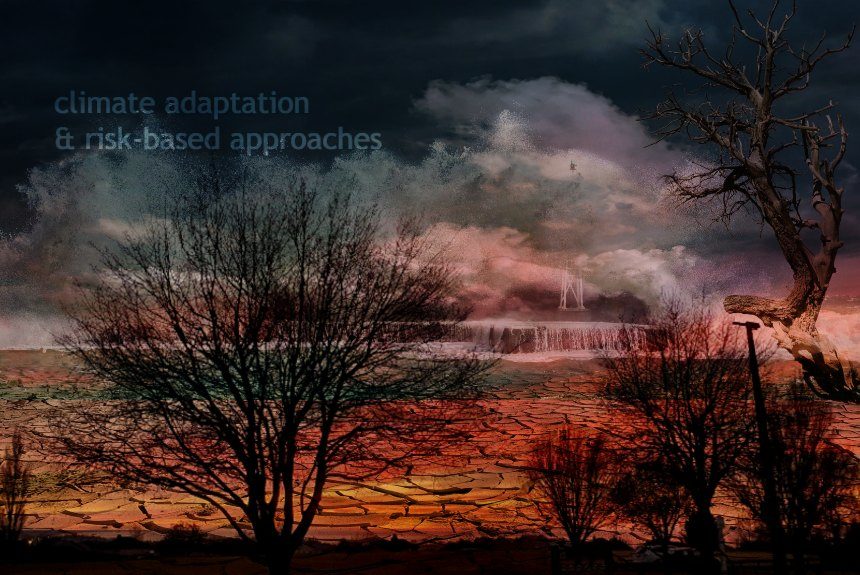Cities are starting to develop climate adaptation plans despite the uncertainties caused by climate risk. Evidence suggests that around 85% of climate adaptation policies do not fully integrate climate risk or are not designed to respond to climate change risks.
Designing a climate adaptation plan is challenging because of the uncertainty surrounding climate change impacts and risks, such as the long-term time horizons of predicted events, the frequency and intensity of effects, and the cross-sectorial nature of adaption.
Another challenge lies in assessing whether climate adaptation plans are effective and tracking their progress regarding changes in the outcome due to adaptation efforts, such as reducing vulnerability or risk.
According to a study by Murieta, Galarraga, and Olazabal, adaptation policies are effective when they consider risk and do not limit themselves to reducing vulnerability. Considering climate risks will include the magnitude and frequency of impacts and accounting for significant uncertainties inherent to climate change.
The study aims to assess how climate adaptation policies align with climate risk knowledge and risk-based approaches.
Researchers have developed a framework, Adaptation-Risk Policy Alignment (ARPA), to assess whether climate change policies include risk knowledge and information.
The framework displays risk-based metrics tested in four pioneering cities- Copenhagen, Durban, Quito, and Vancouver- to show its potential applicability.
The framework is easy to apply and allows cities to assess how policies account for significant risk and properly integrate risk management into the policy-making process.
The study compares the ARPA framework to other existing ones, such as the Sendai Framework, Hyogo Framework, Tracking Adaptation and Measuring Development (TAMD), and the Index of Governance and Public Policy for Disaster Risk Management (iGOPP).
The study presents the critical elements and similarities of all frameworks. Researchers have observed that all frameworks address the four main Sendai priorities of action. This is why they defined the core components of their proposed risk-based approach after Sendai’s four priorities of action.
The ARPA framework developed and used in the study to promote resilient cities consists of 23 metrics across four main components: understanding risks, risk governance, disaster risk reduction and resilience, and disaster preparedness, response, and recovery. These four components are considered risk indicators relevant to climate change adaptation.
The ARPA framework was pilot-tested in four cities before it was used for large-scale testing. These four cities share common characteristics that make them worthwhile case studies.
- First, they have made significant progress on climate adaptation and are recognized as early adopters.
- Second, they have implemented local adaptation plans as early as 2006.
- Third, they belong to the Rockefeller Foundation’s 100 Resilient Cities, and all of them represent a range of different climate challenges, such as extreme rainfall, coastal flooding, and water scarcity.
Findings from the study show that the ARPA framework is helpful in informing adaptation tracking assessments and supporting adaptation policies by guiding a risk-based planning process.
However, the challenge is that although the key risk issues in ARPA are efficiently incorporated in the planning process, the gap between planning and actual implementation remains.
To read the entire study, click on the link below.
Source
Murieta, E., Galarraga, I., & Olazabal, M. (2021, February). How well do climate adaptation policies align with risk-based approaches? An assessment framework for cities. Science Direct. Retrieved from https://www.sciencedirect.com/science/article/pii/S0264275120313664



Leave a Reply